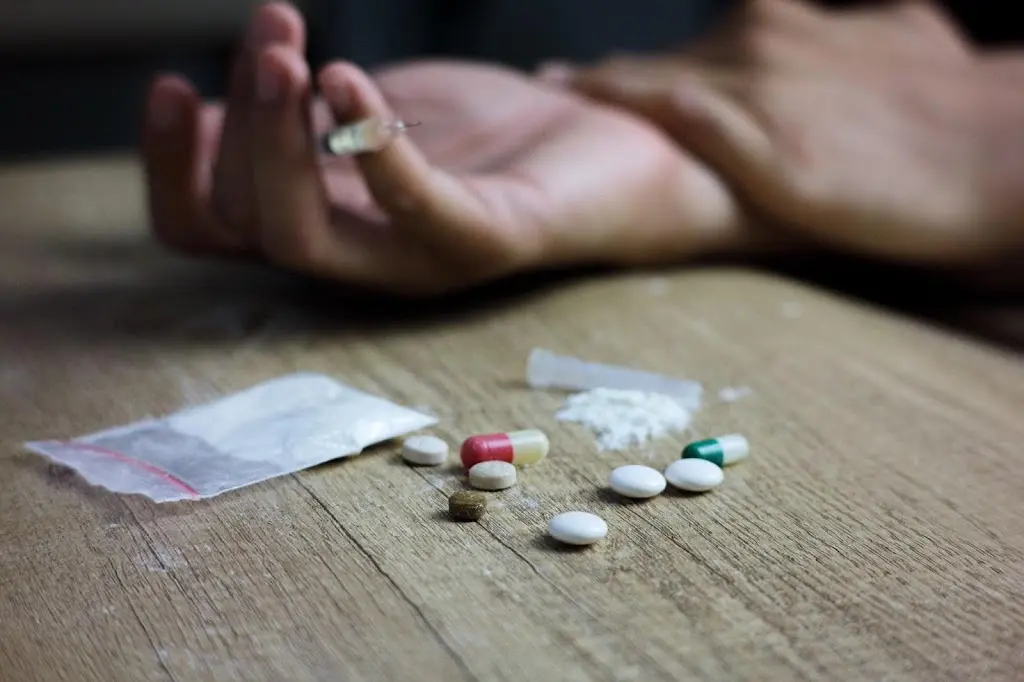
Given how many aspects of life and health opioid addiction can affect, it’s a condition that must be taken seriously. Recognizing the signs and symptoms early on is crucial, as the sooner you identify a potential problem, the sooner you can take meaningful steps toward recovery. Whether you’re concerned for yourself or someone you care about, understanding the common indicators of opioid addiction is a powerful first step.
Below is an overview of possible physical, psychological, and behavioral signs that may point to an opioid use disorder.
However, this is not an exhaustive list, nor does it capture every form addiction can take. For an accurate diagnosis and treatment plan, always consult with a certified addiction specialist.
Physical Signs
Constricted Pupils and Drowsiness
Small, pinpoint pupils often signal opioid use and are typically accompanied by drowsiness or sedation. This reaction stems from how opioids bind to the opioid receptor in the brain and dull alertness and coordination.
Changes in Breathing and Heart Rate
Slowed breathing and reduced heart rate are serious signs of opioid use disorder. These symptoms increase the risk of an opioid overdose, particularly when potent drugs like fentanyl or hydromorphone are involved.
Gastrointestinal and Skin Issues
Nausea, vomiting, and diarrhea are common physical reactions to opioid drugs such as morphine or oxycodone. Flushed skin and itching may also occur due to the way opioids affect the nervous system and blood circulation.
Withdrawal Symptoms and Tolerance
A person may need higher doses over time to achieve the same euphoria or pain relief, a condition linked to tolerance. When not using, they may suffer from insomnia, muscle aches, and increased blood pressure.
Neglect of Physical Health
Visible weight loss, poor hygiene, and neglect of sleep or nutrition reflect a decline in overall health. These signs often indicate a patient prioritizing drug use over personal well-being and medical needs.
Psychological Signs
Mood Swings and Depression
Fluctuating emotions, irritability, and sadness are frequent as opioids disrupt endorphins and neurotransmitter balance in the brain. This can make coping with stress and daily challenges more difficult.
Anxiety and Paranoia
Anxiety may escalate due to withdrawal, while paranoia can emerge from prolonged use or high doses of opioids like oxymorphone.
Obsessive Thoughts About Drugs
Constant thoughts about obtaining, using, or recovering from the effects of opioids point to a psychological dependency. This obsessive behavior interferes with responsibilities and personal relationships.
Distorted Thinking and Risky Decisions
Opioid addiction impairs decision-making and increases the likelihood of risky behavior. The person may deny the severity of their substance abuse or justify dangerous choices to maintain access to the drug.
Feelings of Hopelessness
A sense of despair can arise, especially when repeated relapse occurs despite attempts at therapy or support. Mental health risks, including suicidal thoughts, are heightened by the disease’s chronic nature.
Behavioral Signs
Doctor Shopping and Prescription Forgery
Individuals may visit multiple physicians or fake symptoms to obtain extra prescriptions for medication. This deceptive conduct is a major red flag of opioid addiction.
Isolation and Loss of Interest
A person might withdraw from social activities, family, and work to hide their addiction. They may replace meaningful interactions with solitary drug use, injecting or smoking substances in secret.
Neglect of Responsibilities
Work performance, parenting, and daily tasks often deteriorate due to the focus on drug acquisition. Missed appointments, neglected bills, and poor academic outcomes reflect this decline in behavior.
Engagement in Criminal or Violent Acts
Theft, violence, and illegal drug purchases may occur as the need for opioids intensifies. These behaviors can stem from desperation and conduct disorder influenced by prolonged substance abuse.
Frequent Visits to the Emergency Room
Repeat hospital trips for unexplained injuries, overdose symptoms, or requesting pain management can indicate opioid misuse. Naloxone administration during these visits may be necessary to prevent death.
If You’re Struggling With an Opioid Addiction, We Can Help
At Solstice Counseling & Wellness Center, we offer drug and alcohol addiction treatments in New Jersey to help individuals recover and walk toward a brighter future. If you’re interested in enrolling in our IOPs or want to discuss your addiction, contact our team today.

